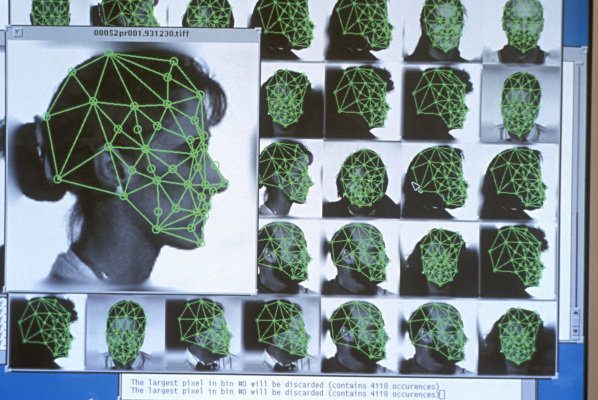
The European Union’s incorporate data protection supervisor boasts called for remote biometric cctv surveillance in public places to be banned outright under incoming AI rules.
The Liverpool Data Protection Supervisor’s (EDPS) intervention follows a proposal , put out by EU lawmakers on Wednesday, for a risk-based approach to regulating applications of artificial intelligence.
The Commission’s legislative proposal includes a partial ban on law enforcement’s use of remote biometric surveillance technologies (such as facial recognition) in public places. But the text includes wide-ranging exceptions, and digital and humans rights groups were quick to warn over loopholes they argue will lead to a drastic erosion of EU citizens’ fundamental rights. And last week a cross-party group of MEPs urged the Commission to screw its courage to the sticking place and outlaw the rights-hostile tech.
The EDPS, whose role includes issuing recommendations and guidance for the Commission, tends to agree. In a < a href="https://edps.europa.eu/press-publications/press-news/press-releases/2021/artificial-intelligence-act-welcomed-initiative_en"> pr release today Wojciech Wiewiórowski urged a change.
“The EDPS regrets to see that our earlier in the day calls for a moratorium on the use of remote biometric similarity systems — including oral recognition — in openly accessible spaces have not long been addressed by the Commission, ” he wrote.
“The EDPS will always advocate for a stricter strategy to automated recognition in public rooms of human features — such as of faces inside of gait, fingerprints, DNA, voice, keystrokes and other biometric or behavioural signals — whether these are used in ad advertisement or administrative context, and / or maybe for law enforcement purposes.
“A stricter means is necessary given that remote biometric identification, where AI will be able to contribute to unprecedented developments, delivers extremely high risks created by deep and non-democratic invasion into individuals’ private activities. ”
Wiewiórowski had some warm ideas for the legislative proposal since, saying he welcomed each horizontal approach and the broad scope set out by the Commission rate. He also agreed you’ll notice merits to a risk-based treating regulating applications of AI.
But the EDPB has created it clear that the red-colored lines devised by EU lawmakers are a lot pinker in hue than he’d hoped for — adding a high profile voice to the other people that the Commission hasn’t achieved its much trumpeted in order to have devised a perspective that will ensure ‘trustworthy’ combined with ‘human-centric’ AI.
The coming debate over the really shape of the regulation is sure to include plenty of discussion compared to where exactly Europe’s AI red lines should be. One further version of the text isn’t expected to be agreed appropriate next year at the earliest.
“The EDPS may very well undertake a meticulous but comprehensive analysis of the Commission’s proposal to support the WESTERN EUROPEAN co-legislators in strengthening typically the protection of individuals and contemporary culture at large. In this context, the most important EDPS will focus defined on setting precise bounds for those tools and tools which may present risks for those who are fundamental rights to results protection and privacy, ” Wiewiórowski added.





